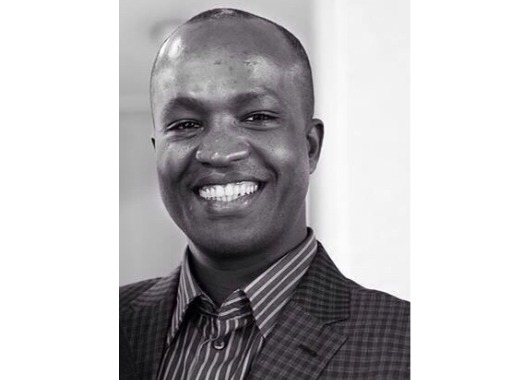Doctoral defence in Chemistry - Kusse Sukuta Bersha

Askja
Room 132
Live stream: https://livestream.com/hi/doktorsvornkussesukutabersha
Ph.D. student: Kusse Sukuta Bersha
Dissertation title: Determination of the Atomic Structure of Metal Nanoclusters from Aberration Corrected Scanning Transmission Electron Microscope Images
Opponents:
Dr. Jaakko Akola, professor at NTNU in Norway
Dr. Gísli Hólmar Jóhannesson, Division Director at Keilir
Advisor: Dr. Hannes Jónsson, Professor at the Faculty of Physical Sciences, University of Iceland.
Doctoral committee:
Dr. Egill Skúlason, Professor at the Faculty of Industrial Engineering, Mechanical Engineering and Computer Science, University of Iceland
Dr. Elvar Örn Jónsson, Specialist at the Science Institute, University of Iceland.
Chair of Ceremony: Dr. Einar Örn Sveinbjörnsson, Professor and the Head of the Faculty of Physical Sciences, University of Iceland
Abstract
Determining the atomic structure of nanoclusters is a challenging task and a critical one for understanding their chemical and physical properties. To fully understand the properties of a nanocluster, it is necessary to know the positions of the atoms in the nanocluster. Recently, the high-resolution aberration-corrected scanning transmission electron microscope (AC-STEM) technique has provided valuable information about such systems. While the AC-STEM experimental equipment is highly developed, the analysis of the images in terms of the atomic structure of the clusters is still often qualitative rather than quantitative.
In this work, a general method applicable in studies of irregular atomic structures has been developed for quantitative analysis of AC-STEM images of nanoclusters. An objective function formed by a linear combination of a measure of the agreement of a simulated image with the measured AC-STEM image plus an approximate description of the atomic interactions is used in a global optimization algorithm to extract the atomic coordinates. The method is first illustrated by analyzing synthetic images generated from regular as well as irregular structures of Au55 nanocluster. As the method does not rely on the alignment of atoms, all the structures can be successfully determined even when a significant level of noise is added to the images. The method is then applied to an experimental AC-STEM image of a Au55 nanocluster, a particularly challenging case since the atomic structure is irregular. Analysis of the local structure shows that the cluster is a combination of a part with icosahedral structure elements and a part with local atomic arrangement characteristic of a crystal packing, including a segment of a flat surface facet. The energy landscape of the cluster is explored in calculations of minimum energy paths between the optimal fit structure and other candidates generated in the analysis. This reveals low energy barriers for conformational changes, showing that such transitions can occur on laboratory timescale even at room temperature and lead to considerable changes in the AC-STEM image. Furthermore, the paths reveal additional cluster configurations, some with lower DFT energy and providing nearly as good fit to the experimental image.
Detailed analysis of AC-STEM images using theoretical modeling requires a reliable, quantitative measure of the extent to which a simulated image agrees with an experimentally measured image. A simple sum of pixel-by-pixel squared errors turns out to be unreliable and a more advanced measure is needed. A method based on the Speeded Up Robust Features (SURF) algorithm is applied to match simulated images to an experimental AC-STEM image of a Au55 nanocluster. The method provides a quantitative measure that more closely corresponds to a visual assessment of image similarity.
About the doctoral candidate
Kusse was born in Konso in southern Ethiopia and has three sisters and two brothers, all still living in Ethiopia. He studied Physics in Mekelle University and worked there as an assistant for two years after graduation, but then entered the Erasmus masters program "Color in Informatics and Media Technology (CIMET)” at the University of Joensu (now University of Eastern Finland) and at the University of Granada in Spain. He has now settled down in Iceland with his wife and two sons.
Kusse Sukuta Bersha



